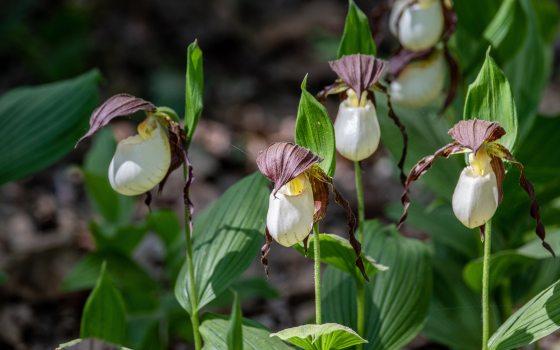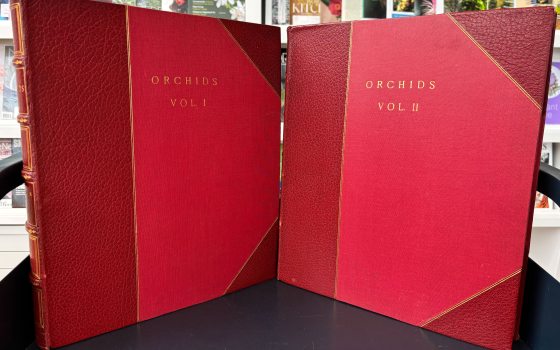Plant exploration is vital to bringing new and potentially useful plants to Longwood Gardens. These plants may be used for various purposes: creating displays, systematically building our collection of over 11,000 types of plants, breeding new plants, or for plant conservation. For the past two years we have targeted the Caucasus region, which encompasses the countries of Armenia, Azerbaijan, and Georgia, to search for new hardy plants.
Positioned between the Black and Caspian seas, this region is dominated by three mountain chains: the Greater Caucasus, Lesser Caucasus, and the Talysh Mountains. The resulting landscape is dynamic and varied, resulting in a highly diverse flora that allows us to collect for a variety of purposes within a relatively small area. Many plants from this region are already known as great garden plants—snowdrops (Galanthus), peonies (Paeonia), and hellebores (Helleborus) are commonplace here. Despite this, many ornamental species have yet to enter cultivation in the US, and the many unique regional variants of well-known species are rarely cultivated here.
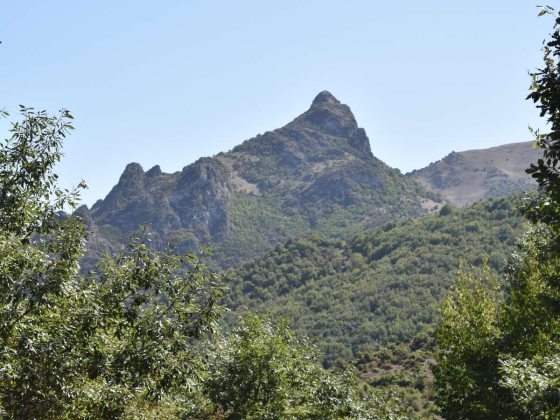
In 2017, I traveled as a delegate of the Plant Collecting Collaborative (PCC, a group of US public gardens with similar interests in plant exploration) to Azerbaijan with colleagues from other US public gardens: Phil Douglas (Chicago Botanic Garden), Matt Lobdell (The Morton Arboretum), and Vince Marrocco (Morris Arboretum of the University of Pennsylvania), and guest Henrik Sjöman from the Gothenburg Botanical Garden in Sweden. We worked with partners at the Azerbaijan National Academy of Sciences Institute of Botany to accomplish group collecting goals.
The flora of Azerbaijan is similar to that of neighboring Georgia, which I visited in 2016, but there is one key difference that allowed us to expand the scope of collections in the region. The flora of the Talysh Mountains of southern Azerbaijan is strikingly different from the flora of the Greater and Lesser Caucasus. These mountains are home to a relict deciduous forest known as the Hyrcanian forest (Hyrcanian is derived from Hyrcania, a city in northern Iran that is now known as Gorgan). Once more widespread, this unique temperate deciduous forest is found primarily in the Alborz mountains that curve around the western and southern shores of the Caspian Sea, primarily in northern Iran.
Many species from this region occur nowhere else in the world and the relatively few collections from this flora have made it into cultivation in US public gardens. This region experiences extremes of heat, cold, and drought, and holds particular promise for introducing new garden plants and tree species tolerant of climatic extremes. Plants from this region often grow particularly well in southeastern Pennsylvania. The following is a description of our activities and the plants of the Talysh Mountains and the Hyrcanian forest.
The Hyrcanian forest is superficially similar to the forests of southeastern Pennsylvania, being composed primarily of deciduous trees. Characteristic species include Persian ironwood (Parrotia persica), Caucasian elm (Zelkova carpinifolia), and chestnut-leaf oak (Quercus castaneifolia). Many of these trees are already found at Longwood and other regional gardens, but many of them are uncommon, many are of unknown origin, and there could be potentially useful horticultural variants yet to be discovered.
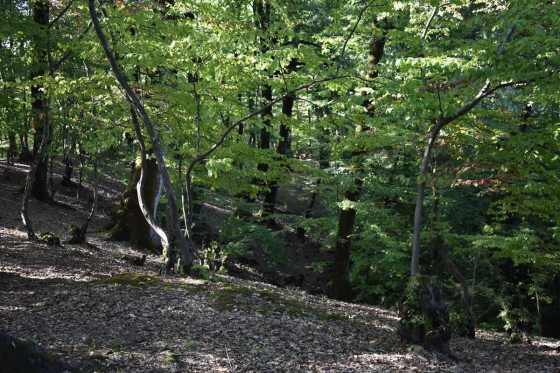
Persian ironwood is already a well-known garden plant in the eastern US and one of the most common species of the Hyrcanian forest. We made two collections of this species: one from low elevation at 50 meters above sea level and the other at 500 meters, at the elevation limit for this species. Collecting seeds of Persian ironwood can be interesting; like other members of the witch-hazel family (Hamamelidaceae), their seeds have ballistic dispersal, meaning that they are forcefully ejected by the tree at distances of up to 30 feet away. While we were collecting them, we could seeds bouncing off the top of our truck!

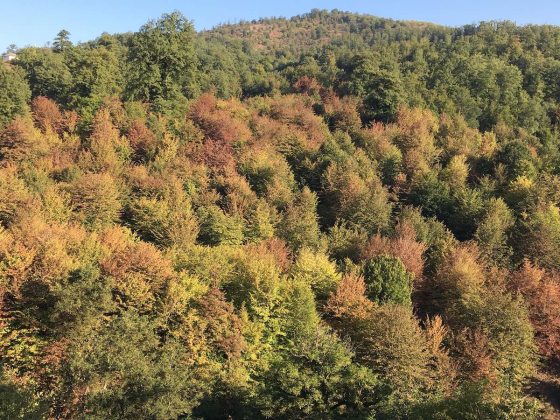
The chestnut-leaf oak (Quercus castaneifolia) is another signature species of the Hyrcanian forest. The name refers to the resemblance of the foliage to that of chestnut (Castanea), a close relative of the oak. It is one of the most widely planted tree species in the region for nearly every imaginable purpose—forestation, timber, seed (food) production, shade, street tree, etc.
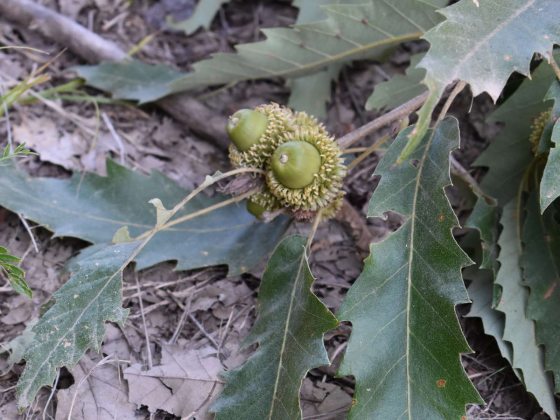
Despite this, it is rarely cultivated in the US. Interestingly, one of the largest, oldest specimens of chestnut-leaf oak can be found on the Longwood Gardens natural lands. The Longwood specimen was originally collected by the USDA in northern Iran in 1955. The tree at Longwood is the last remaining specimen from this collection. We hoped to collect seeds of chestnut-leaf oak in Azerbaijan to expand the use of this tree in US gardens, but the acorns were not yet mature. PCC members are planning to return to Azerbaijan in October of 2018 to collect seeds of this important species.
We also collected acorns of the Georgian oak (Quercus petraea subsp. iberica), a smaller growing species found throughout the Caucasus and Talysh Mountains that is related to the well-known English oak (Quercus robur). This species is rarely cultivated in the US and may have potential for smaller gardens or planting spaces and is a nice addition to oak collections in US public gardens.
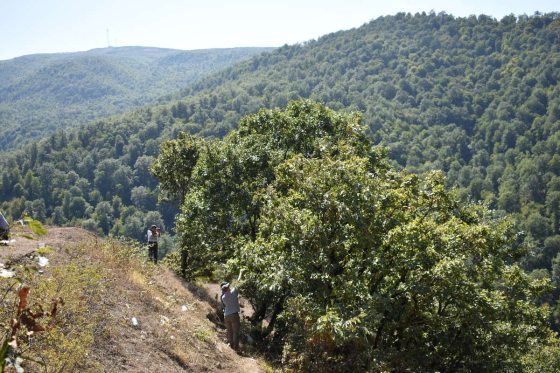
Boxwood (Buxus sempervirens) was a favorite plant of Longwood founder Pierre S. du Pont. Not only did he design extensive boxwood plantings throughout the gardens, they have more recently been a target of the Longwood Plant Exploration program: numerous trips to the Caucasus and Mediterranean region occurred in the early 2000s. In fact, Longwood Gardens has one of the largest known wild origin boxwood collections in the US, and we are always on the lookout for more to build the collection. We encountered boxwood in the Hyrcanian forest, but were discouraged by what we found. As in Georgia, the majority of boxwoods we encountered in Azerbaijan were infested by the box tree caterpillar (Cydalima perspectalis). This Asian pest was accidentally introduced into the region in 2014, and has become widespread. It appears to kill any boxwood it comes into contact with.
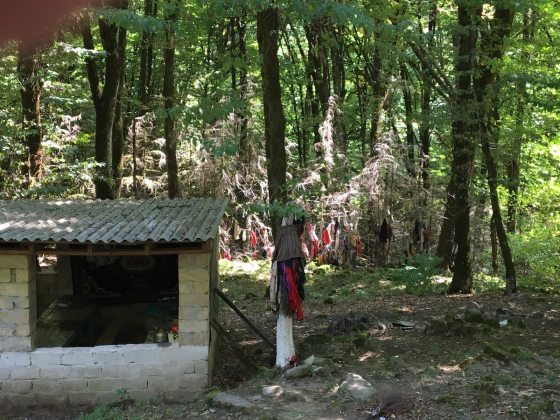
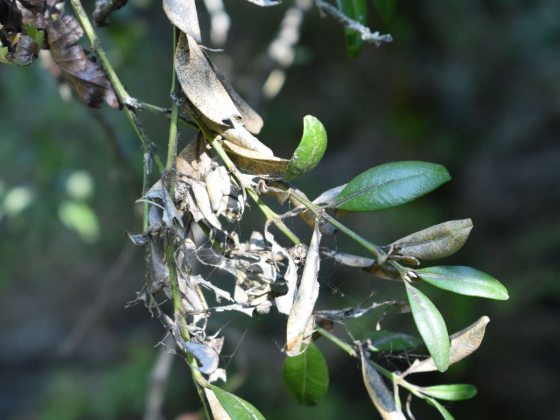
We did find one population with a moderate level of infestation and were able to make a small collection of seeds. It is unlikely that these plants will be able to flower and set seed next year, so our collection was timely. Common boxwood is facing severe issues in our gardens—boxwood blight is the most devastating and has the potential to severely limit this plant’s use in the US. In the future we are targeting and hoping to collect boxwood species from China that have potential blight and box tree caterpillar resistance.
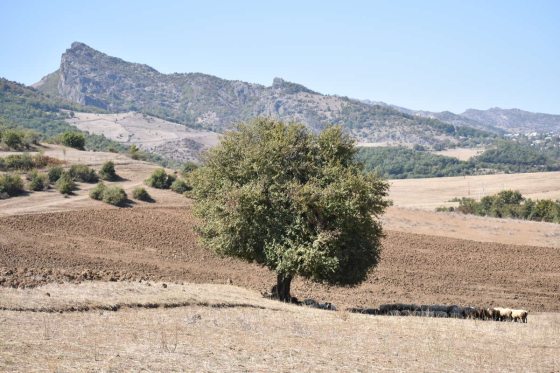
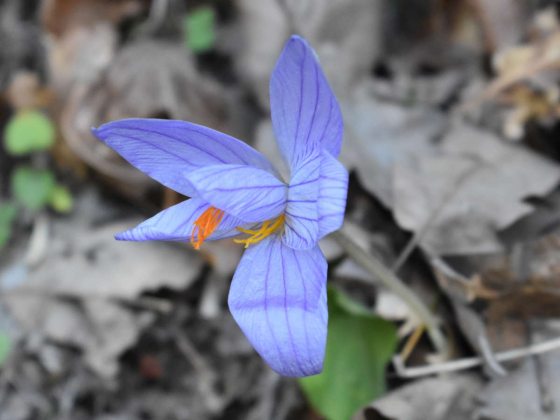
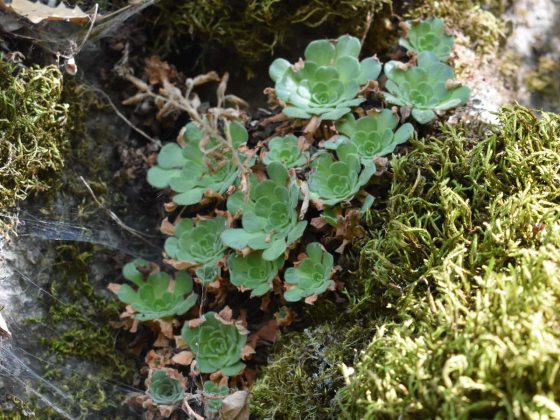

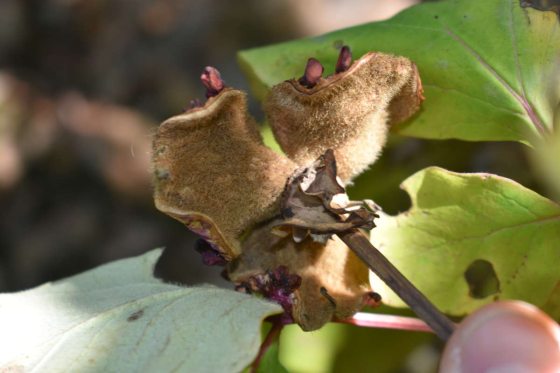
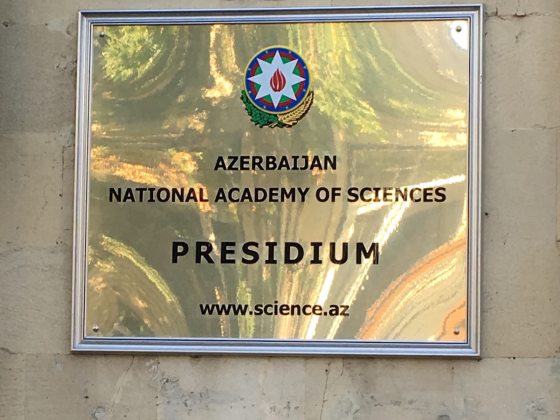
In conclusion, our trip to Azerbaijan yielded 38 total seed collections. More importantly, it resulted in the strengthening of the relationship between the PCC and the Azerbaijan Institute of Botany. Developing relationships with partners to assist with trip planning and field collection locations is critical to the success of international plant exploration. This trip was a learning experience for all involved and is paving the way for future field work in Azerbaijan. The PCC has already discussed future trips to Azerbaijan at different times of the year to focus on collecting additional types of plants that will enrich the collections of Longwood Gardens and public gardens across the US.
Photos by Peter Zale.

